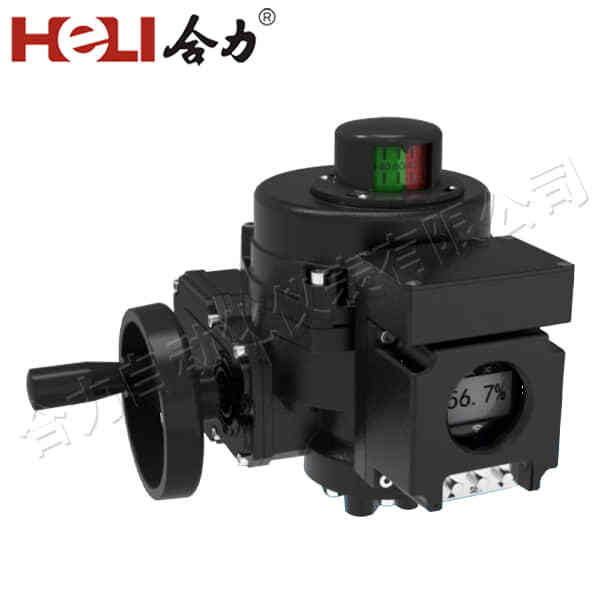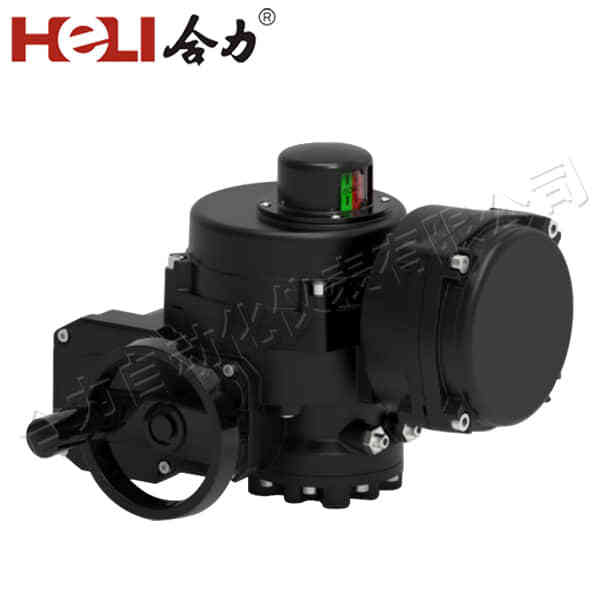
Electric actuators for valves are transforming the way industries manage and control fluid flow in systems, offering enhanced efficiency, precision, and reliability. These devices are critical components in a wide array of industries, including oil and gas, water treatment, HVAC systems, chemical processing, and manufacturing, among others. As technology continues to advance, electric actuators have become the go-to solution for valve automation, replacing traditional pneumatic or hydraulic actuators due to their numerous advantages. This article explores the working principles, benefits, applications, and future trends of electric actuators for valves.

Understanding Electric Actuators for Valves

